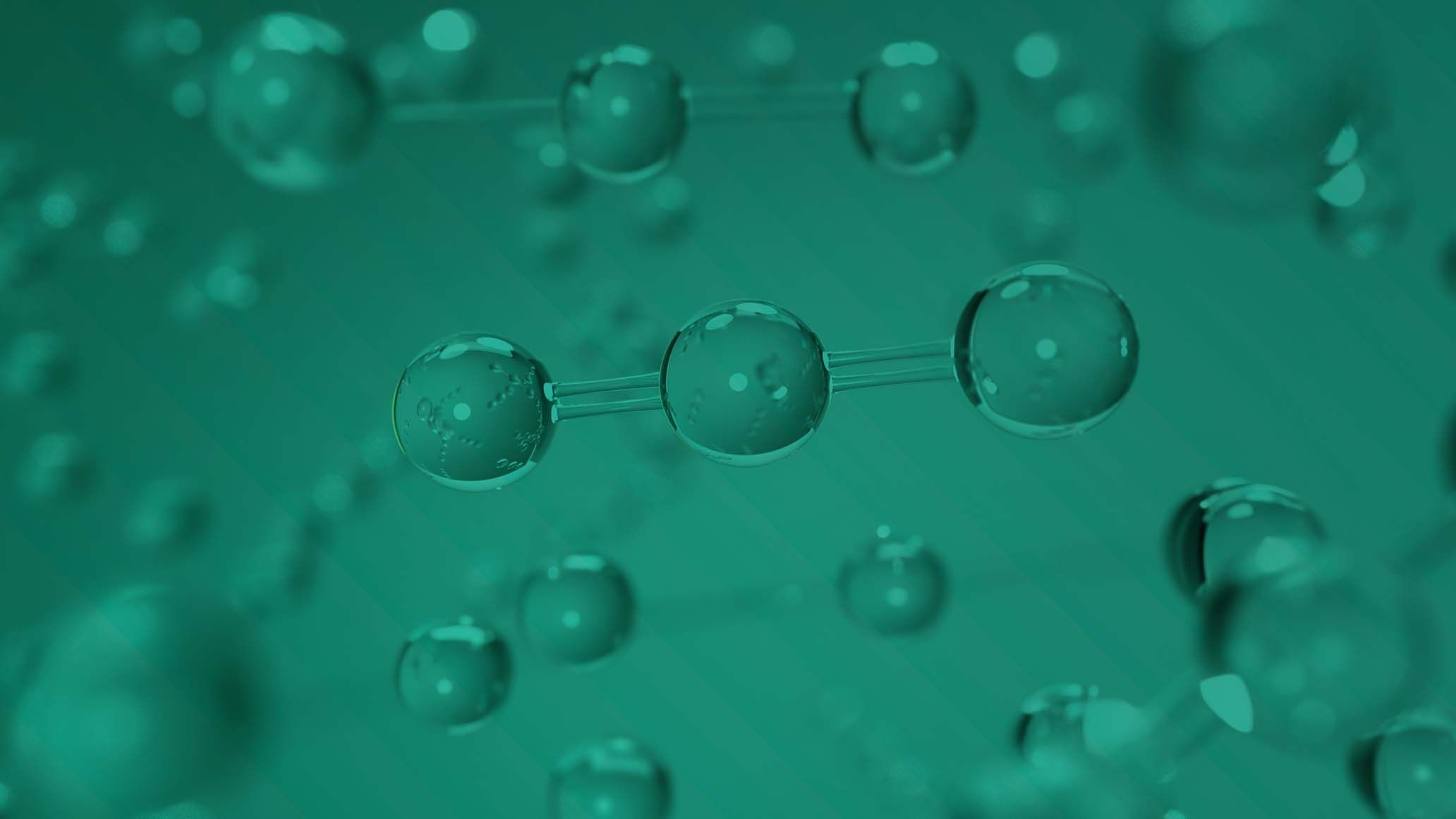CO2 Transport Pipeline Best Practices for Carbon Management Business
This paper presents the good engineering practices and key lessons learnt that are needed to design and implement commercial scale CO2 pipeline network. Some of these practices are critical for a feasible project and a fit for purpose practical pipeline system operation. The lessons learnt need to be addressed early in the development phase of the CO2 pipeline design, as early as pre-FEED phase. Early appreciation and resolution of these lessons learnt leads to risk mitigation, cost savings, schedule certainty and provides the right input for financial investment decisions. It is our experience that a project feasibility and success of clearing the commercial hurdles is greatly dependent on early evaluation and freezing of variables; and the lessons learnt and best practices aims to educate the stakeholders at the right time. The best practices are honed into the workflows established for project delivery and the more these are shared amongst the community of practicing professional, the greater rate of success the carbon capture projects will have. The best practices presented in the paper will include route selection, network optimization, material selection, dispersion modeling, dehydration, pigging operation, optimized pipeline system depressurization, cost estimates, construction. New technologies such as non-metallics too provides new approach. By addressing most of these aspects, the main causes of project failing due to technical reasons is mitigated. Bringing carbon capture experts early in the design phase; optimizing and making right assumptions feeds into risk assessment; establishing minimum viable product ensures feasible commercial cost; selecting the right equipment avoids supply chain and misfit system design.




)
)
)
)
)
)

)

)
)
)
)



.png/fit-in/500x500/filters:no_upscale())

)
)
)
)
)
)
)
)
)
)
)
)
)
)
)

)
)

)
)
)
)
)
)
)
)
)
)
)
)
